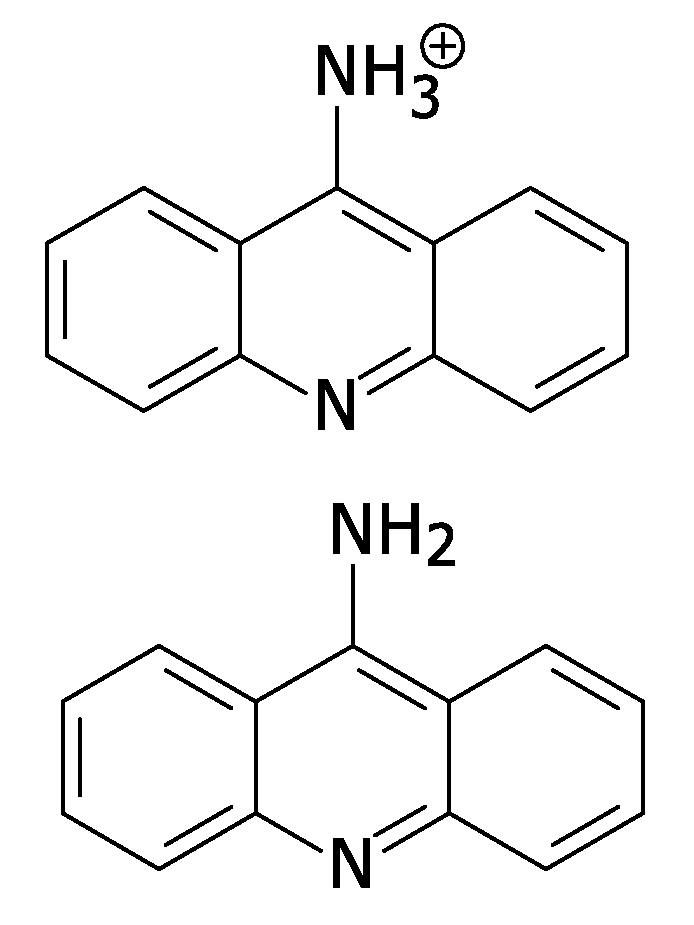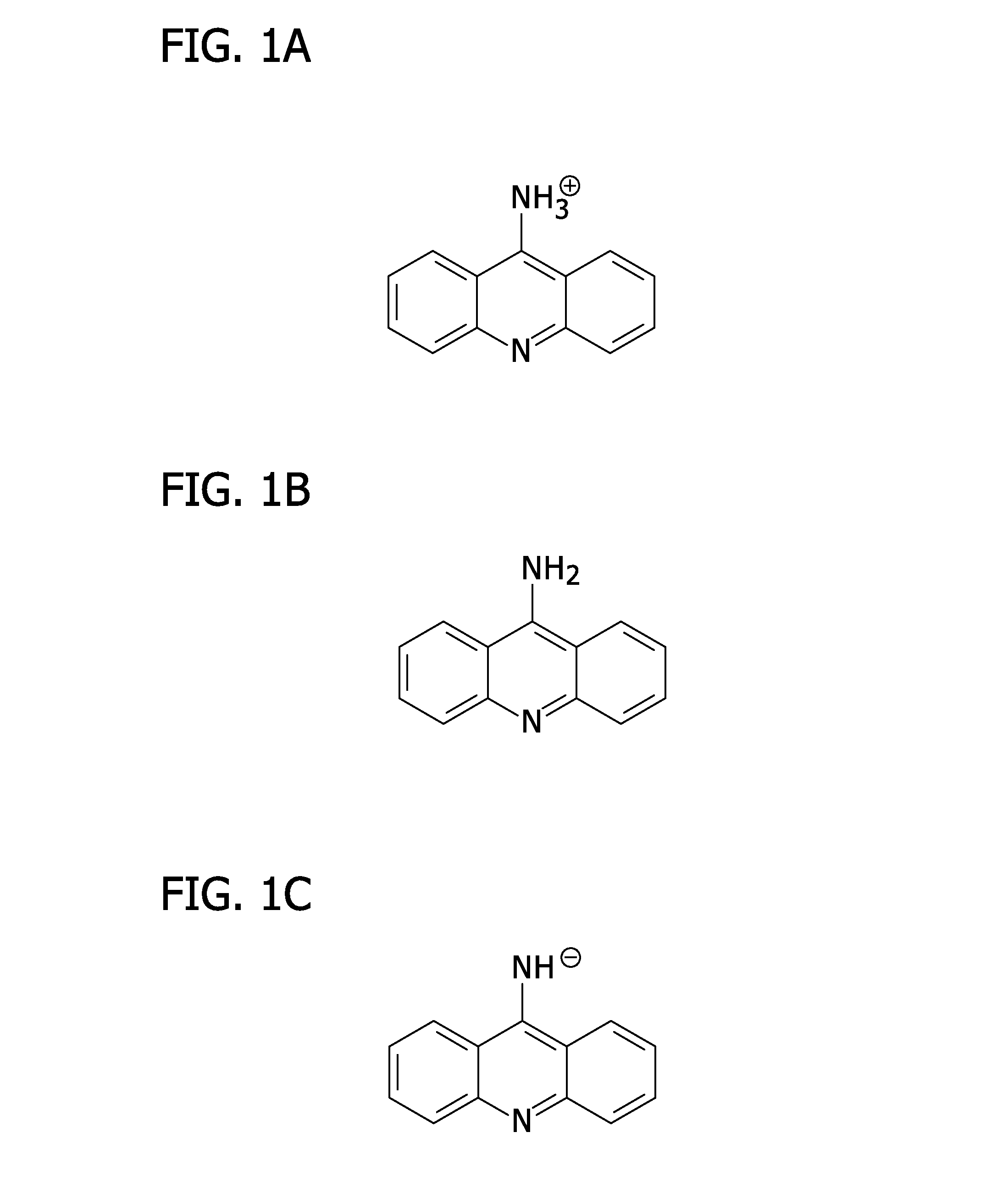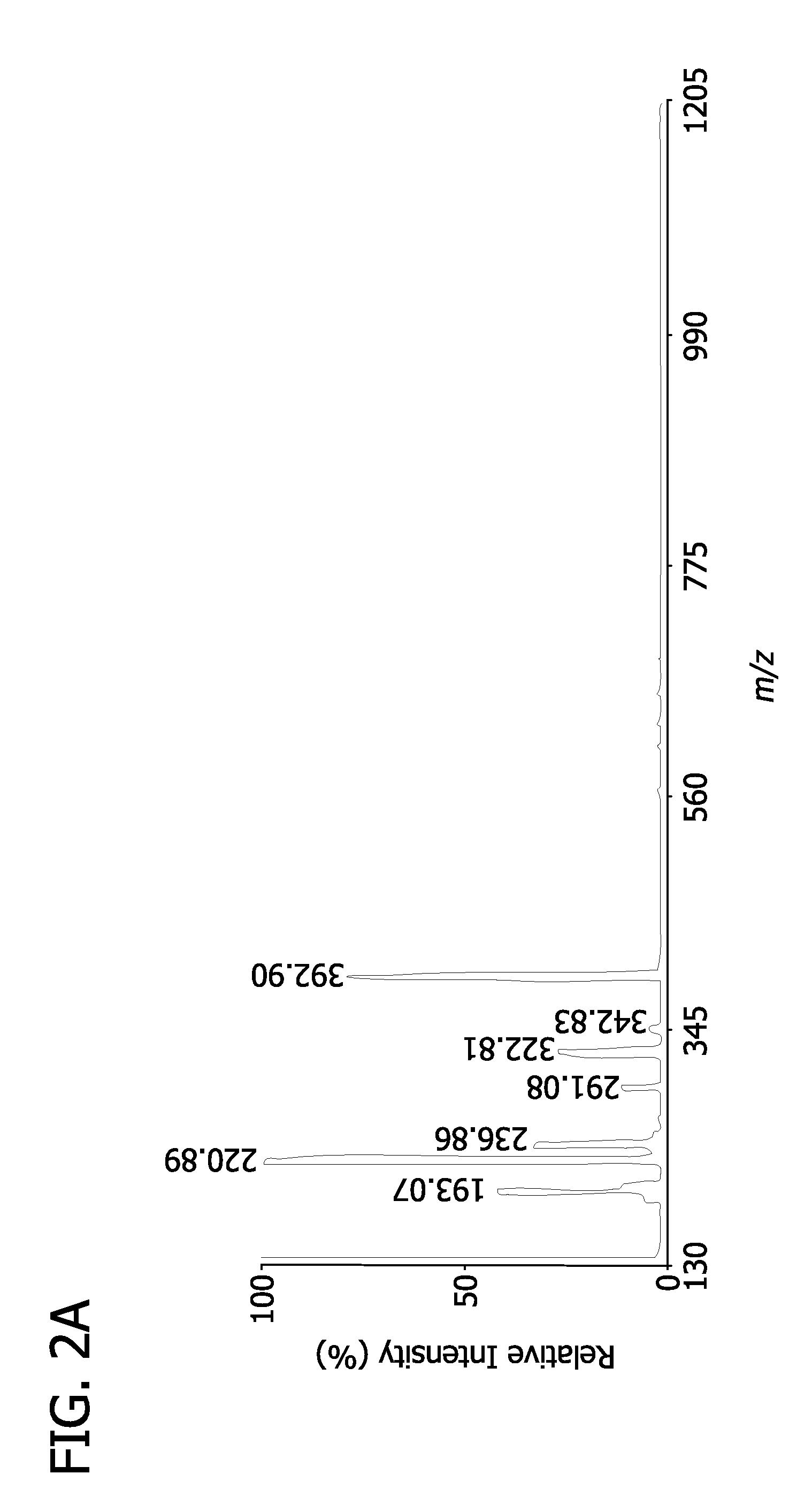Multiplexing matrix-analyte stereo electronic interactions for high throughput shotgun metabolomics
a technology of electronic interactions and complexing matrix, which is applied in the field of cellular metabolites, can solve the problems of extending analysis time, introducing additional procedural complexity, and severely limited use of mass spectrometry in metabolomics, and achieves the effect of high throughput metabolomics
- Summary
- Abstract
- Description
- Claims
- Application Information
AI Technical Summary
Benefits of technology
Problems solved by technology
Method used
Image
Examples
Embodiment Construction
[0036]Through exploiting multiplexed groups of new analyte-matrix stereoelectronic interactions and their ability to facilitate proton transfer / desorption in energized systems after laser irradiation, the chemical identification and quantitation (through stable isotope internal standards or ratiometric comparisons) of hundreds of metabolites from biological materials may be rapidly achieved. As used herein “biological materials” can refer to any material for a living organism, including, for example, tissues, fluids, and excretions. Furthermore, using the described methods allows for identification and quantitation without the need for chromatography, which can be a slow and inefficient process for the multiple types of metabolites with different chemical functionalities found in biologic tissues and fluids.
[0037]The present invention provides a method for exploiting changes in the stereoelectronic nature of differentially charged resonance forms of 9-aminoacridine (shown in FIG. 1)...
PUM
 Login to View More
Login to View More Abstract
Description
Claims
Application Information
 Login to View More
Login to View More - R&D
- Intellectual Property
- Life Sciences
- Materials
- Tech Scout
- Unparalleled Data Quality
- Higher Quality Content
- 60% Fewer Hallucinations
Browse by: Latest US Patents, China's latest patents, Technical Efficacy Thesaurus, Application Domain, Technology Topic, Popular Technical Reports.
© 2025 PatSnap. All rights reserved.Legal|Privacy policy|Modern Slavery Act Transparency Statement|Sitemap|About US| Contact US: help@patsnap.com



